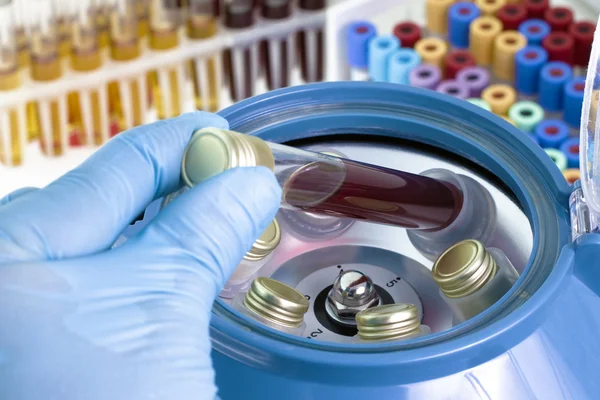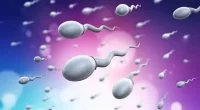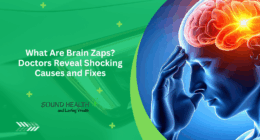Higher viral load linked to faster HIV evolution through recombination – The human immunodeficiency virus (HIV) is a master of disguise, constantly evolving to evade our immune system and resist medications. One of its secret weapons is recombination, a process where it swaps genetic material with other viral strains, creating new and potentially more dangerous versions.
Until recently, scientists believed HIV’s recombination rate was fairly constant. But a groundbreaking study published in “Molecular Biology and Evolution” throws that assumption out the window. Researchers discovered a surprising link between viral load – the amount of HIV circulating in an infected person’s blood – and the rate of recombination.
Using a sophisticated new method called RATS-LD, the team analyzed blood samples from HIV-positive individuals with varying viral loads. Their findings were startling: HIV populations with high viral loads (above 82,000 copies/mL) showed a six-fold higher recombination rate compared to those with lower levels.
This isn’t just a static difference between individuals. The study also revealed fascinating dynamics within infected people. Periods with higher viral load within a single person corresponded to spikes in recombination. This suggests that HIV’s evolutionary engine revs up and down throughout infection, driven by the ever-changing viral tide inside the host.
Key points
- HIV populations in individuals with higher viral loads have higher rates of recombination.
- Recombination allows HIV to diversify quickly, leading to immune evasion, drug resistance, and genomic stability.
- This study used a new method called RATS-LD to measure recombination rates in blood samples from HIV-positive individuals.
- Findings show that individuals with viral loads above 82,000 copies/mL had a six-fold higher recombination rate than those with lower loads.
- Even within individuals, higher viral load periods were associated with increased recombination.
- This suggests that HIV populations can diversify rapidly depending on viral load dynamics within a host.
Implications:
- Understanding recombination rates may be crucial for interpreting intrahost HIV data and predicting evolutionary trends.
- High recombination rates could mask HIV’s geographical spread, but low viral loads during treatment might reduce drug-resistance mutations.
- These findings are particularly relevant for species with flexible reproductive strategies like HIV.
Additional takeaways:
- Previous studies estimated a constant HIV recombination rate of 105/bp/generation, but this study shows it can be much higher under certain conditions.
- RATS-LD is a promising new tool for measuring recombination rates in living organisms.
- More research is needed to understand the full impact of varying recombination rates on HIV evolution and treatment. Study source
ALSO READ: COVID-19 Patients with New Atrial Fibrillation Face Higher Mortality Risk










